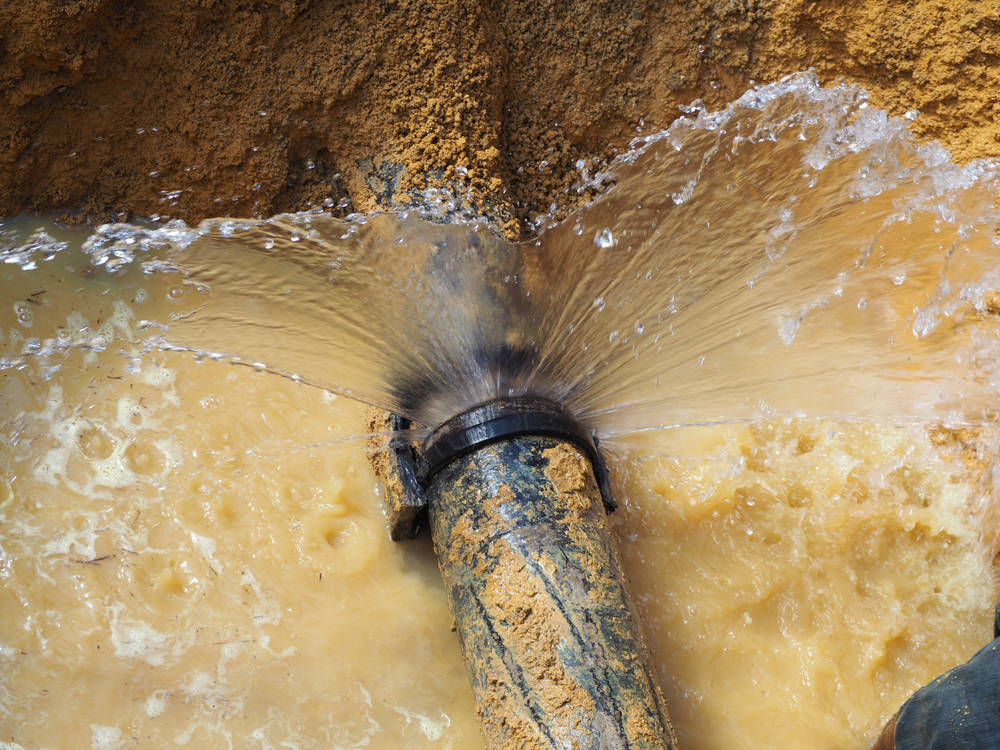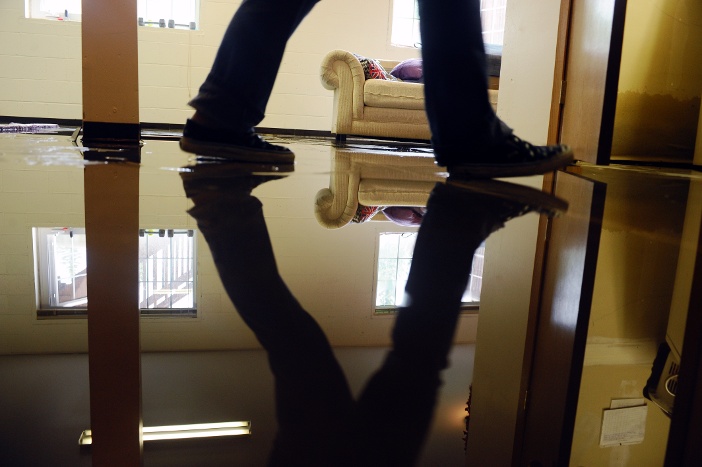What to Spot and Fix a Burst Pipe Problem Quickly
What to Spot and Fix a Burst Pipe Problem Quickly
Blog Article
What are your ideas with regards to How to Install and Connect a New Dishwasher?

A burst pipe is a significant emergency; you can only stand as you see water you pay very much to rejoin with the planet. In worse situations, you observe a pool on your cooking area floor, which is a great journey hazard, specifically if you have children around. If the pipeline that ruptured was in your wall surfaces, bad news: you might require to repaint that whole section.
Exactly how can a tragedy like a burst pipe be stopped and handled? Well, by paying attention to your professional emergency plumbing professionals and complying with these regulations.
How do I know when my pipes have ruptured?
Rising and fall water pressures
Pipes do not simply burst in a day. You might have discovered that your kitchen area faucet or shower does not run immediately when you turn the faucet. It might stop for a few seconds and after that blast you with even more pressure than typical.
In various other instances, the water may appear typical initially, then drop in pressure after a few seconds.
Damp walls and water stains
Before a pipe ruptureds, it will certainly leakage, most times. If this consistent dripping goes unnoticed, the leak may finish into a large gash in your pipeline. One easy method to avoid this emergency is to watch out for wet walls ad water stains. These water spots will lead you right to the leakage.
Puddles under pipes and sinks
When a pipeline bursts, the discharge develops a pool. It might appear that the pool is growing in size, and also no matter how many times you wipe the puddle, in a couple of minutes, there's an additional one waiting to be cleaned. Often, you may not be able to map the pool to any kind of noticeable pipelines. This is an indicator to call an expert plumber.
Untraceable trickling sounds
Pipeline ruptureds can take place in one of the most undesirable areas, like within concrete, inside walls, or under sinks. When your home goes silent, you may have the ability to listen to an irritatingly consistent leaking noise. Even after you've checked your shower head and cooking area faucet, the trickling might proceed.
Precious visitor, the leaking might be originating from a pipe inside your walls. There isn't much you can do about that, other than inform a specialist plumber.
Shut down the Water
When water ices up, it broadens in volume by concerning 9 percent. And also it increases with tremendous pressure: The pressure inside pipes may go from 40 extra pounds per square inch to 40,000 psi! No pipeline can hold that much pressure, so it bursts. The break may happen where the ice kinds, however regularly, it happens where water pressure locates a weak point in the pipeline. That might be inches and even feet from the icy location. Find the water shutoff valve and also turn off the water to stop even more damage. You could additionally require to turn off the electrical power too, depending upon where the leaks takes place and exactly how big it is.
Infected water
Lots of people assume a ruptured pipe is a one-way electrical outlet. Quite the contrary. As water spurts of the hole or wound in your plumbing system, pollutants find their method.
Your water may be polluted from the source, so if you can, inspect if your water tank has any type of problems. Nevertheless, if your alcohol consumption water is provided and also detoxified by the local government, you need to call your plumber instantly if you see or smell anything funny in your water.
What do I do when I spot a ruptured pipe?
Your water meter will remain to run also while your water wastes. To minimize your losses, find the main controls and turn the supply off. The water pipe are an above-ground framework beside your property.
How to Fix & Detect a Leaking Pipe
How Do I Know if a Pipe is Leaking?
Leak detection tests can help you determine if your pipe has a leak. Even if you don’t see an apparent leak, you should still conduct leak detection tests regularly to save water and money—and prevent major damage to your home.
Water meter. It can be helpful to figure out what your usual water meter usage numbers are and then monitor them regularly. To monitor your meter, first, turn off all water faucets in your home. Check the meter and write down the numbers. In a few hours, check the meter again. If the numbers have changed, you have a leak. Water gauge. Use a water gauge to test your water pressure. Your showerhead should produce a certain amount of water pressure based on its model and design. If the pressure is lower than it is supposed to be for that specific showerhead, your home likely has a leak. Puddles. Look inside your bathroom, laundry, and kitchen sink cabinets. Puddles around the cabinets or around toilets, tubs, showers, and washing machines indicate the presence of a leaking pipe. You may also notice loose tiles, peeling or flaking paint, or mold caused by water accumulation. Napkin test. Even if you don’t see any puddles, you may still have a leak. You can test for water leaks in the bathroom, laundry, and kitchen by wiping below-sink connections with a napkin, paper towel, or piece of toilet paper. If it becomes damp, you probably have a leaking pipe under the sink. Discolored walls. Walls that are discolored—usually with brown or yellow stains—or bulging might mean that they have been impacted by water damage caused by a leaking pipe. Smell. A leaky pipe will create sitting water, and over time, that water may develop a musty smell. If your home smells musty, but you can’t locate the source, it may be due to a leak. Steps for Fixing a Leaking Pipe
A leaky drain can be remedied by tightening the pipe base, replacing the drain seal, caulking the rim, and tightening the pipe nut. Similarly, a leaking toilet pipe can be treated by tightening the packing nut. You may also need to replace the valve. A leaky faucet may just need tightening or replacement of the washers. If that doesn’t work, consider replacing your faucet. If your pipe has a hole in it, you may want to use a pipe leak sealer or pipe leak tape. This quick fix for water pipe leaks can also temporarily fix a copper pipe leak. https://www.ahs.com/home-matters/quick-tips/how-to-tell-if-pipes-are-leaking/

As a devoted person who reads about How to Install and Connect a New Dishwasher, I assumed sharing that excerpt was beneficial. Feel free to take the time to share this blog entry if you appreciated it. I truly appreciate reading our article about What to Know Before Installing a Dishwasher.
Leak-free future? Call. Report this page